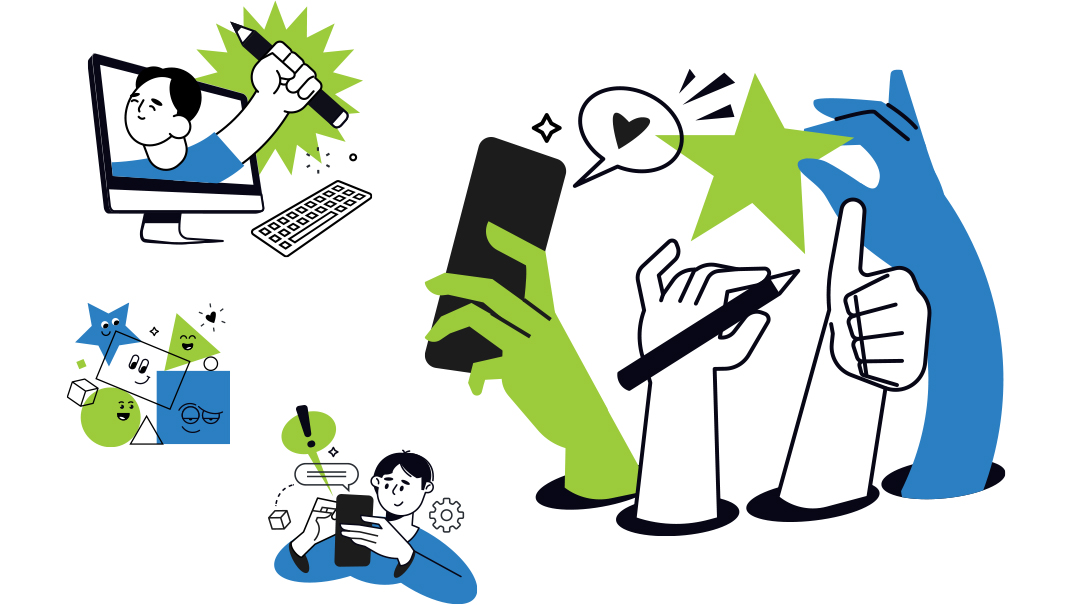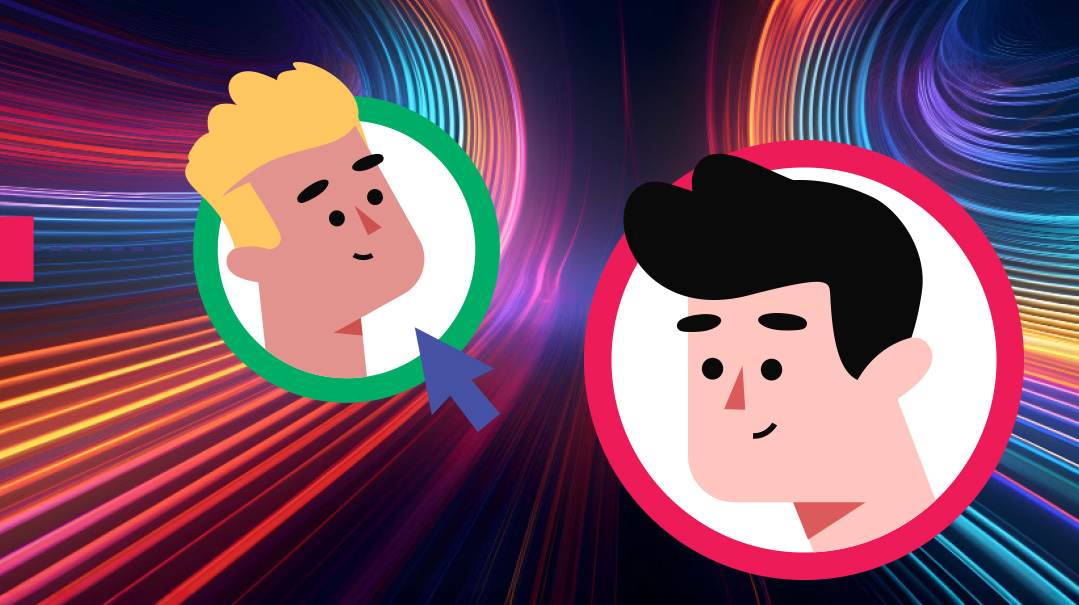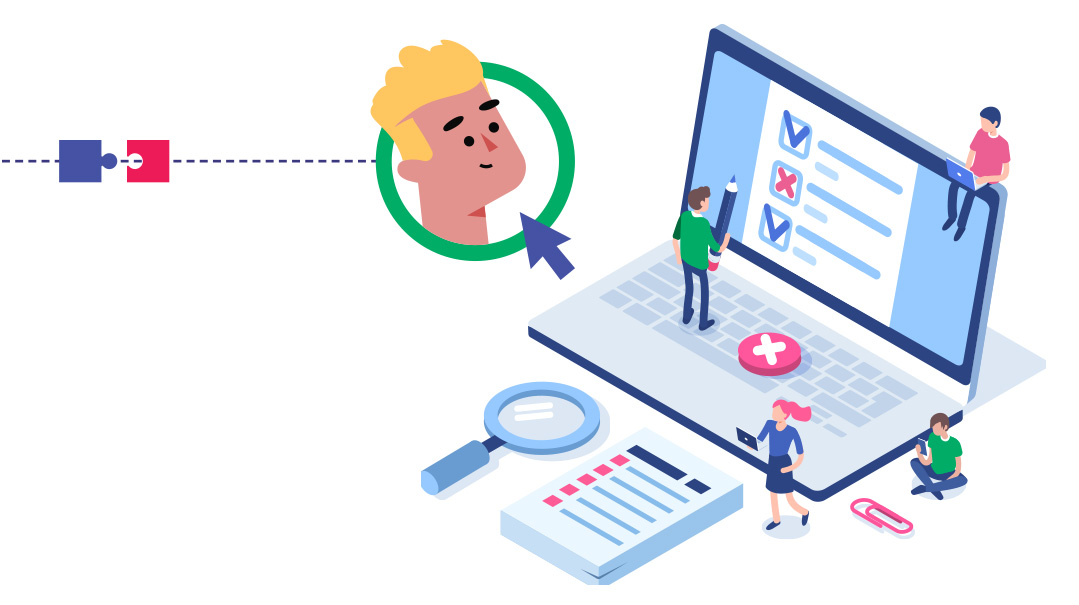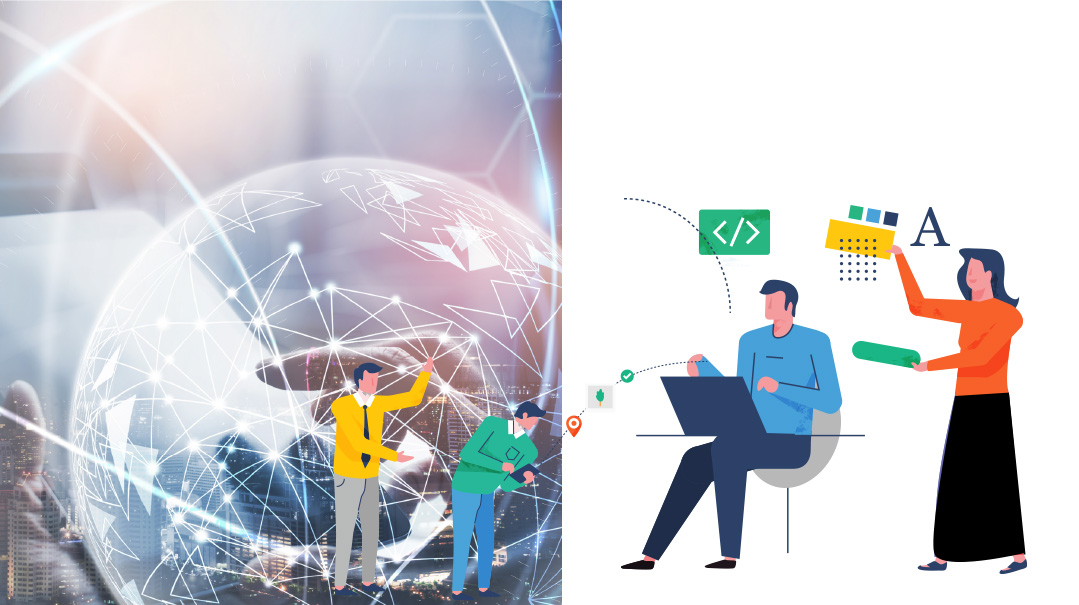Software Savvy: Part 24
| April 22, 2025This wasn’t just about software; this was about people, habits, and the inevitable resistance that comes with change

IT
had been months of planning, mapping, and troubleshooting, but here we were. Summit Mortgage Brokers was finally ready to roll out their new workflow system. I sat across from Aaron, the CEO, along with his three team managers — Liba, Michal, and Dovi. The excitement in the room was laced with tension. This wasn’t just about software; this was about people, habits, and the inevitable resistance that comes with change.
Before Launch
Laying the Groundwork
Step 1
Total Commitment — No Half Measures
The first rule of software transitions? No “we’ll try it and see.” This isn’t an experiment — it’s the new way of doing business. If employees think this is optional, they’ll opt out. That means the leadership must be all in. No exceptions, no escape hatches.
Aaron exhaled. “The team knows this is coming. They’re not resistant to new things, but….” He hesitated.
“But if we throw too much at them at once, they’ll just revert to the old way,” Liba finished for him, tapping her fingers against the glass table. “And then I’ll be stuck as the software police, which — spoiler — I don’t want to be.”
Step 2
Leadership Sets the Tone
Employees take their cues from leadership. If management treats the software as essential, employees will follow suit. If leadership falls back on old methods, so will the team. Leaders must be the first adopters, demonstrating full commitment.
Liba leaned back. “I get that we need to be all in, but how do we make them feel that way, too?”
“Simple.” I smiled. “You use it. You talk about it. You hype it up. If employees see leadership treating the software as essential, they’ll follow suit. If they see you reverting to old methods? Game over.”
Step 3
Give People Time to Process the Change
Surprise changes breed resistance. Employees need time to mentally prepare for the transition and understand why it’s happening. Announce the shift early, let them ask questions, and get them involved in the process. Change management is just as important as the software itself.
Michal frowned. “But won’t that give people time to come up with reasons why they hate it?”
I laughed. “Probably. But it also gives them time to get used to the idea and mentally prepare. Change isn’t as scary when you see it coming.”
Step 4
Train According to How People Actually Learn
Not everyone learns the same way. If training doesn’t match learning styles, frustration builds and adoption slows. Making learning flexible ensures employees can absorb the new system effectively.
“You can’t just throw a training manual at people and call it a day,” I continued. “Some will need video tutorials. Some will need hands-on training. Some will need a manager to walk them through it step by step.”
Liba sighed. “That sounds… time-consuming.”
“Only if you do it wrong. Do it right, and you prevent a million headaches later. Trust me.”
Step 5
Assign Internal Champions
Every transition needs internal cheerleaders — employees who are excited about the software and can help their colleagues navigate the change. Select individuals from different departments who can act as go-to resources.
Dovi leaned forward. “So you’re saying if the team sees their colleagues embracing it, they’ll follow suit?”
“Exactly. People trust their peers more than management.”
After Launch
Making the Transition Stick
Step 6
Dedicated Support — People Need a Safety Net
Even the best training can’t prevent every issue. Employees need a go-to person for troubleshooting and reassurance. Having a dedicated support system — whether it’s an internal expert or an external consultant — makes the transition smoother and reduces frustration.
Liba groaned. “So I am going to be the software police.”
“More like the software therapist,” I corrected. “And you can delegate some of it.”
Step 7
Phased Rollout — If Possible, Ease Into It
If a new system affects multiple processes, rolling it out in phases prevents chaos. A structured testing phase, or introducing it to select departments first, allows employees to adjust gradually. If a gradual rollout isn’t possible, a sandbox environment helps employees test the system before the full switch.
Aaron sighed. “That’s not an option for us. Too many moving parts.”
“Okay, then at least run a sandbox environment before the full switch. Let people test, break things, and get comfortable before it’s ‘for real.’ ”
Step 8
No Dual Systems — Pick a Lane
Nothing slows down adoption faster than allowing employees to work in both the old and new systems. A hard transition date prevents confusion and inefficiency. Give employees a clear timeline and enforce the switch decisively.
Michal grimaced. “I hate how right you are.”
I grinned. “I get that a lot.”
Step 9
Set Milestones and Celebrate Wins
Change feels less daunting when progress is measurable. Setting short-term goals, tracking adaptation, and celebrating small keeps morale high. Recognition motivates people to stay engaged. Gamify the process if necessary — turning adoption into a challenge or rewarding early adopters keeps enthusiasm high.
Michal lit up. “I love that. Makes it feel less like a chore and more like a team effort.”
Step 10
Keep Reinforcing for Months
Most people don’t fully adopt new systems in a week. Ongoing reinforcement, follow-up check-ins, and refresher courses help make the transition stick. Create a post-launch strategy to ensure continued engagement and keep old habits from creeping back in.
Step 11
Collect Feedback and Adjust
No system is perfect from day one. Gathering employee feedback allows for tweaks that improve the user experience and ensure long-term success. Employees who feel heard are more likely to commit to the new system. Regular check-ins, anonymous surveys, or feedback meetings ensure that issues are addressed before they escalate.
“You did,” I said. “And if you follow it, you won’t just survive the transition — you’ll thrive because of it.”
There was quiet for a minute and then Dovi finally spoke. “All right, let’s do this.”
Aaron exhaled. No turning back now.
And with that, Summit Mortgage Brokers was officially in motion.
Final Thoughts
Introducing new software isn’t just about plugging in a new system — it’s about shifting how people work, think, and adapt. The companies that do this successfully aren’t necessarily the ones with the best software; they’re the ones where leadership drives the change, training is done properly, and employees feel supported, not ambushed.
As I stood to leave, Aaron shook his head. “I feel like we just got a battle plan.”
Liora Waxman is the Director of Content Strategy at TidyStack, a company that creates and sets up software/automations for businesses to perfectly fit their needs.
(Originally featured in Mishpacha, Issue 1058)
Oops! We could not locate your form.







